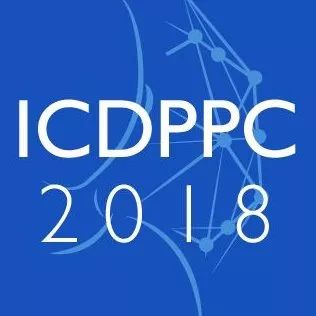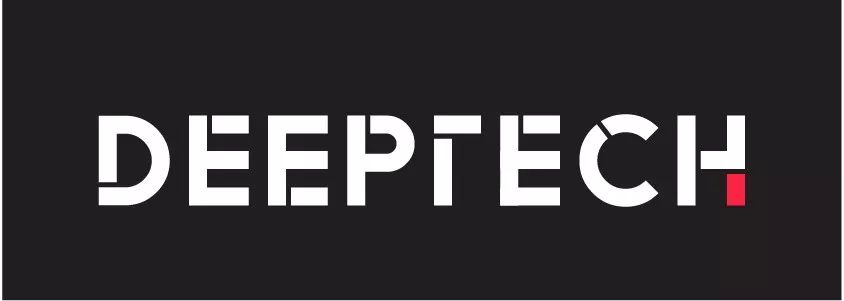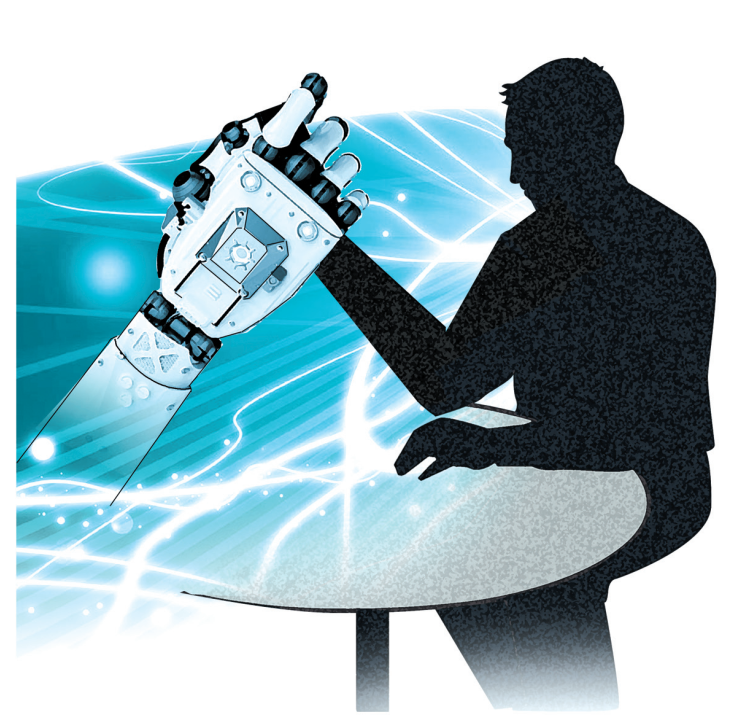The EU’s AI Strategy: Strategic Transformation From Ethical Framework To Technical Sovereignty
The EU’s AI Strategy: Strategic Transformation From Ethical Framework To Technical Sovereignty
The iterative development of generative artificial intelligence technology is reshaping the global production paradigm, national security architecture and international power structure. As the core driving force of the Fourth Industrial Revolution, artificial intelligence technology has become a strategic high ground for world powers to compete for the right to formulate technical standards and dominance of the industrial chain.

The iterative development of generative artificial intelligence technology is reshaping the global production paradigm, national security architecture and international power structure. As the core driving force of the Fourth Industrial Revolution, artificial intelligence technology has become a strategic high ground for world powers to compete for the right to formulate technical standards and dominance of the industrial chain. Against this background, the EU promulgated the world's first Artificial Intelligence Act in August 2024, and passed the General Artificial Intelligence Practice Guidelines as its key supporting measure to further refine governance requirements. The "Artificial Intelligence Mainland Action Plan" launched in early 2025 marks the path of its strategic focus from a single ethical supervision to a compound path.
1. Europe's "double dilemma" under global competition
At present, global artificial intelligence competition is showing a multi-party game trend, and there are significant differences in development paths. The United States relies on technology giants such as the leading algorithm innovation, while the European Union is trying to reshape its voice with ethical governance. However, despite the EU's local progress in the "Digital Sovereignty" initiative, its technological ecosystem still relies deeply on the Sino-US industrial chain and faces the following dual dilemmas:
First, the imbalance between regulatory intensity and technological innovation. The EU has transformed market advantages into regulatory discourse through legislation and built the world's strictest AI governance framework, but this strategy has led it to the dilemma of "strong regulation but insufficient industrial competitiveness." The pre-examination mechanism and high fines for "high-risk systems" in the Artificial Intelligence Act significantly increase corporate compliance costs and form a structural contradiction with the goal of building a "European common data space". The consequence is that local startups are facing pressure of resource outflow and the threshold for external capital and technology to enter the European market has been raised.
The second is the contradiction between demands of technological sovereignty and external dependence. Due to the diversified internal language and culture and the dispersed market, it is difficult for the EU to form the scale effect required by the digital economy. In addition, the lack of investment in AI R&D by the public and private sectors makes it difficult for local start-ups to expand their scale and become competitive in the early stages of the digital economy. At the same time, under the "market lock-in" effect of US-funded technology giants, it is difficult for the EU to cultivate technology leaders with global influence to weaken its ability to dominate large-scale AI programs.
2. Strategic transformation: From supervision first to compound path
Faced with double dilemma, the EU launched systematic strategic adjustments in 2025. French President Macron proposed the initiative of "returning to the AI arena" at the Paris AI Action Summit in the same year. The EU then launched the "Artificial Intelligence Mainland Action Plan", breaking the shackles of development through triple paths: First, loosening supervision, and balancing the relationship between ethical governance and technological innovation by simplifying relevant laws and regulations on artificial intelligence, reducing compliance burdens, and balancing the relationship between ethical governance and technological innovation, aiming to enhance the EU's global competitiveness in the field of AI. The second is to strengthen infrastructure. The EU is currently deploying 13 "artificial intelligence factories" in many places in Europe. In the future, it will also promote the establishment of "artificial intelligence super factory" to try to build a computing power network and data infrastructure covering the entire Europe. The third is ecological cultivation, forming an innovation system that combines public-private collaboration by opening up high-quality data resources, accelerating algorithm development, promoting the AI application of strategic departments, and strengthening talent training. This series of measures reflects the EU's compromise route, and its effectiveness will depend on the degree of policy coordination among member countries and the depth of private sector participation.
3. Reconstruction of the global AI landscape: The impact and prospects of the EU's artificial intelligence strategic transformation
The essence of the EU's "Continental Action Plan for Artificial Intelligence" is to compete for the global AI rule-making power through the four-in-one strategy of "infrastructure data supervision talent". Its impact is not only technological breakthroughs or economic growth, but also the redefinition of the ethical boundaries and business logic of artificial intelligence in the "European model".
However, challenges still exist, and the difficulty of policy coordination among member countries, the potential conflicts between AI computing power expansion and green transformation goals, geopolitical interference, etc. still bring uncertainty. Whether the EU can successfully "return to the AI arena" is not only related to its own digital sovereignty and competitiveness, but whether its governance paradigm with the Artificial Intelligence Act and the General Artificial Intelligence Practice Code as the core can be widely accepted, and will also profoundly affect the direction of global science and technology governance and the formation of a multi-polar AI pattern in the next decade.
Author | Feng Jinqian, School of Foreign Languages, Chu Yongzheng





